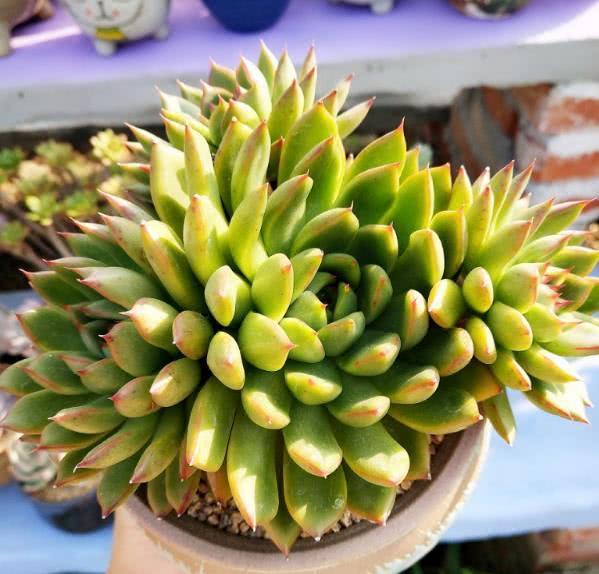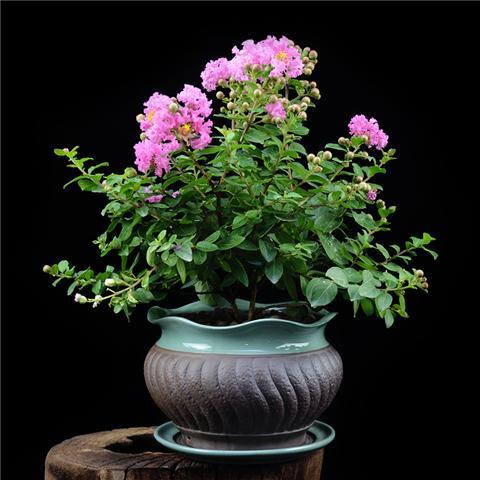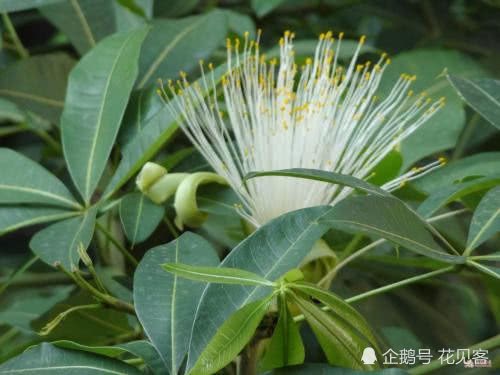How to fatten the succulent plants on the balcony? Teach you to identify the health of the root system and maintain it correctly.

If you want to fatten succulent plants, you must first understand what "fat" is and why. For succulent plants, fattening is the process of storing water in case of drought. In order to fatten the succulent plants, we must first cultivate good roots. A healthy and strong root system is the basis of all aspects of succulent plants. The changes of voids and moisture in granular soils of different sizes are different, and the speed and shape of succulent roots in different soils are also different: the porosity of sandy soil and fine fiber is the smallest, and the growth of new roots is slow, which is not considered. Granular soil is also the best medium for fertilizing, because it is relatively easy for granular soil to control water.
Succulent plants are actually storing water in case of drought. When we are conserving, we have to make these plants feel that they are in an environment that may be dry, the key is to control the amount of water supply, and the purpose is to create an environment with less water, not to be too wet or dry for too long. Then there is root cultivation. Before watering, there is an important premise that the plant has a well-functioning root system that can absorb water. Therefore, before fattening, you have to grow roots. In addition, root cultivation is not the same thing as taking a pot, which refers to the process in which the root system recovers from an abnormal state to a normal state, and is the first stage of root cultivation, so taking a pot does not mean that the root has been cultivated.
The root system is a hidden project, we have a very clear expectation of root growth, but we can not see the root growth state in real time. It can only be guessed by the state of the meat and a little bit of root system protruding from the drain hole. The stout root system of an old pile that takes many years to grow must be incomparable to the succulent plant that has just taken root. So, if your family's succulent flowers are only a few months old, you don't have to think about stout roots. What you need to expect is a more developed root system, which looks like a shaggy beard at its best.
For those succulent plants that are easy to grow tall, such as the various mages of the lotus palm, their roots are naturally easily lignified, because their stems will grow very tall and will not lodge in order to stabilize themselves. their roots will become very strong and strong. When some flower friends plant those tall meat, in order to grow more safely, they often take the method of burying the pole deeply, which is not a very good habit. Burying deep poles will make the roots lose their original traction, and instead make the succulent roots weak and fragile. The correct way is to use external forces (such as copper wire) to fix the main root of the plant at the bottom of the flowerpot, and then use the fixed root system to hold the high rod, this pulling force is very beneficial to the growth of the root system.
Generally speaking, to the muggy environment, the basin bottom should be covered with large particles of permeable stone, and the surface of the soil should be covered with large particles of breathable red jade; and for the open environment such as ventilation balcony and windowsill, the basin bottom had better be separated by only a layer of paper towels and do not put too much permeable material, otherwise the lower part of the basin is always very dry (just a lot of root hairs are in the lower part of the basin), and the surface of the basin soil should choose granular materials that are not very breathable, such as pebbles. The core of this treatment is still to ensure the balance of moisturizing and air permeability and prolong the life of root hair.
Root cultivation is a process, and you can't expect a seedling to grow into big thick roots in the first place. Do not transplant and trim roots frequently, try to make planting in one step and maintain more than one year at a time (some adult plants can change pots every 2 to 3 years). Too frequent transplanting will affect the systematic development of roots and shorten the life of roots. It is true that many friends used to think that the bigger the basin, the better the root system. However, in our specific cultivation process, it is often counterproductive, the larger the basin, the more likely to rot the root, the key still lies in the imbalance between water conservation and air permeability. At this time, in order to better meet our daily cultivation, we should choose a basin that matches the plant, and the safest way is to choose a basin with a larger 2~75px than the plant. For Vientiane and jade fans, a deep basin is necessary. If cultivated in a muggy environment, it is best to have holes in the basin wall or choose a basin with breathable materials (such as a sand basin).
Here is a gathering place for succulent plant lovers, sharing succulent maintenance skills, welcome to follow and exchange.
- Prev

The fertilization skills of crape myrtle blossom clusters of balconies into a sea of small flowers
Crape myrtle flowers are gorgeous and generous, with clusters of flowers and bright colors, so they are of high ornamental value. Planted in the balcony, flowering into a small flower sea, crape myrtle has 4 varieties, red, silver, Cuiwei and so on, flowering, is very lively. Master the positive.
- Next

Use it to raise rich trees with luxuriant leaves and fruit bigger than their fists.
The rich tree is a favorite green plant for many flower friends, with beautiful plant type and emerald green stems and leaves, which is a very popular indoor ornamental plant with the meaning of "splendor and wealth". Some florists report that they have been raising them for several years.
Related
- Wuhan Hospital Iron Tree Blooming Result Was Instantly Frightened by the Gardener Master
- Which variety of camellia is the most fragrant and best? Which one do you like best?
- What is the small blue coat, the breeding methods and matters needing attention of the succulent plant
- Dormancy time and maintenance management of succulent plants during dormancy
- Minas succulent how to raise, Minas succulent plant pictures
- What are the varieties of winter succulent plants
- How to raise succulent plants in twelve rolls? let's take a look at some experience of breeding twelve rolls.
- Attention should be paid to water control for succulent plants during dormant period (winter and summer)
- Watering experience of twelve rolls of succulent plants
- Techniques for fertilizing succulent plants. An article will let you know how to fertilize succulent plants.

